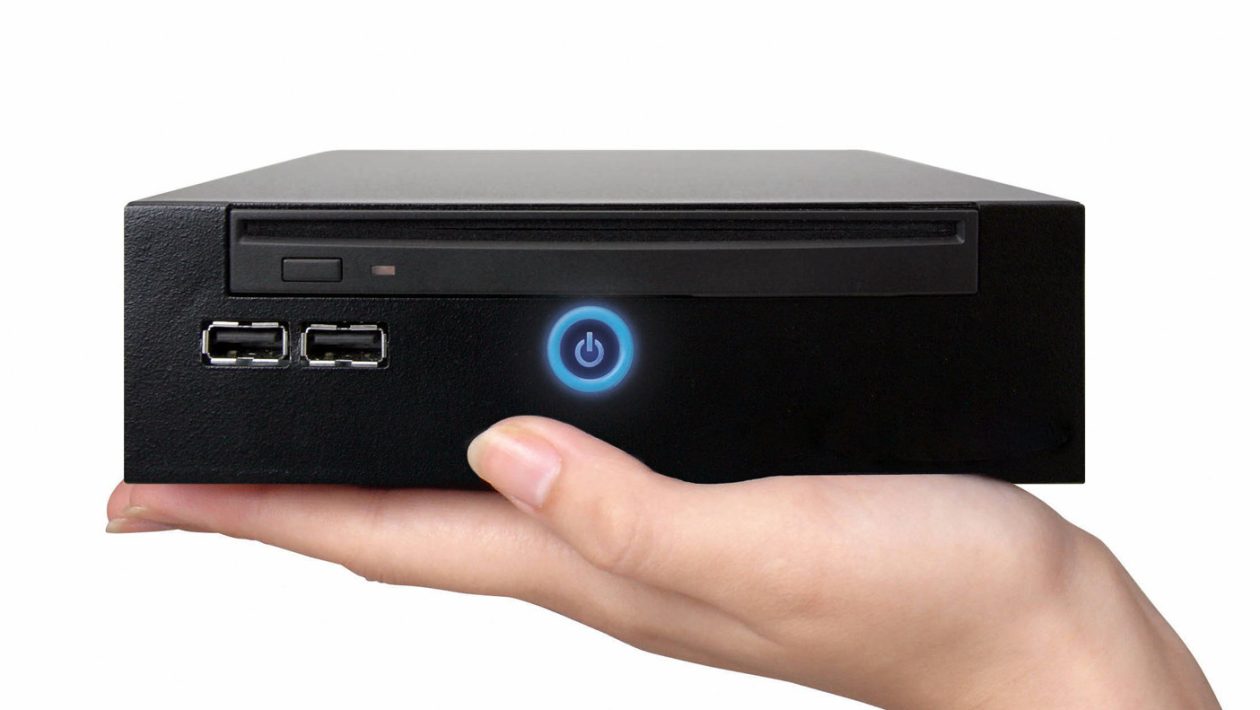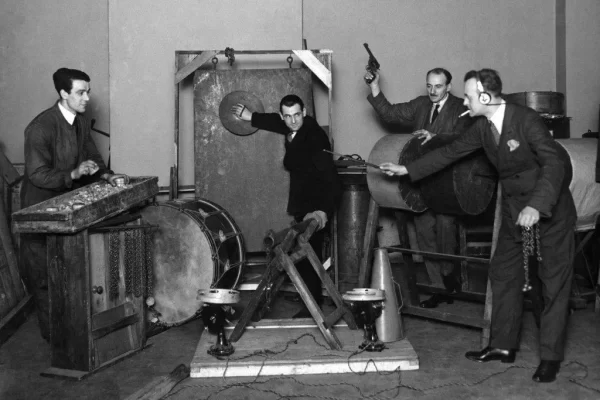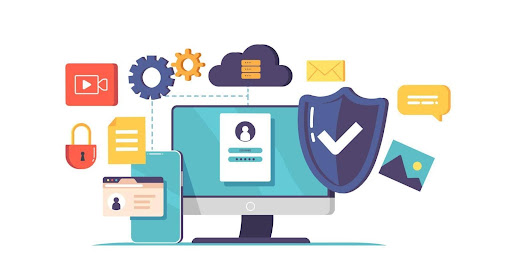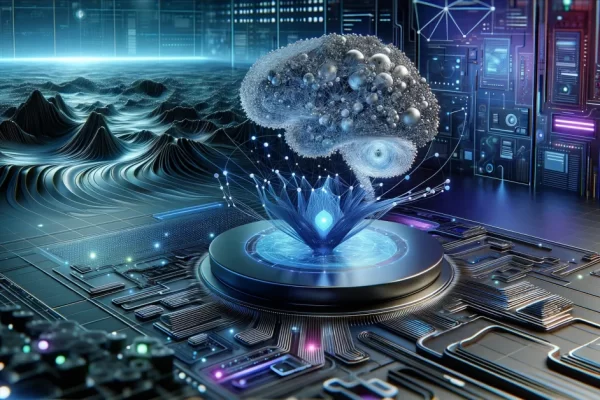Recent advances in technology have made it possible for manufacturers to create incredibly smaller PCs and we’re seeing an increasing number of pretty powerful mini PCs pop up on the market. We can also expect these PCs to get even more powerful with time.
With that being said, mini PCs are not quite like full-sized PCs yet and you must research them in detail before you decide to invest in one. Here are a few things you should know before buying a mini PC.
Not All Mini PCs Are Usable Out of the Box
You should first know that there are two principal types of mini PCs on the market: ready-to-go mini PCs and barebones mini PCs.
Ready-to-use mini PCs are the most convenient of the two options and usually come with all the components you would need to run a computer along with an OS. Barebones PCs, on the other hand, will usually have a few missing parts.
Each option has its pros and cons, however. Someone who has a few components laying around who wants to bump the power of their PC up might prefer a barebones PC. This is because they allow you to plug and switch components as you wish as long as the motherboard can handle it. Ready-to-go PCs will usually be much more rigid and offer little to no customization or upgrade options.
This makes ready-to-go mini PCs a better choice for people who are not the most tech-savvy and want something they can use fast, and barebones units better for people who like to tinker with settings and would like to make upgrades in the future.
They’re Limited but Can Still Pack a Punch
Most mini PCs have modest specs, but will still be very capable. You’ll find mini PCs out there with 3.5ghz 6 core/12 threads processors in them. You even have Lenovo gaming mini PCs that can run AAA games.
But, just as you would with anything, you will have to be ready to pay for performance. You can’t expect to have a machine with a Ryzen processor that can also fit in your back pocket at a discount price and some of the machines out there will cost you well in the thousands. So, if you want something small and affordable, you’ll have to be ready to make some sacrifices with the specs.
Make Sure Your Peripherals are Compatible
As you may or may not know, mini PCs do not come with a keyboard, mouse, or monitor, so you have to make sure that your peripherals can be used with them. Most mini PCs will have a mini HDMI port, so your monitor has to support HDMI. If the PC doesn’t come with a mini-HDMI to full HDMI cable, you’ll have to get one, and if your monitor doesn’t have an HDMI input, you’ll need to look for an HDMI to DVI converter.
Now that you know a bit more about mini PCs, we suggest you start looking at a few units out there and see what different manufacturers have to offer. They could be perfect depending on your needs, so if they sound interesting, keep researching them until you find something that works for you.





